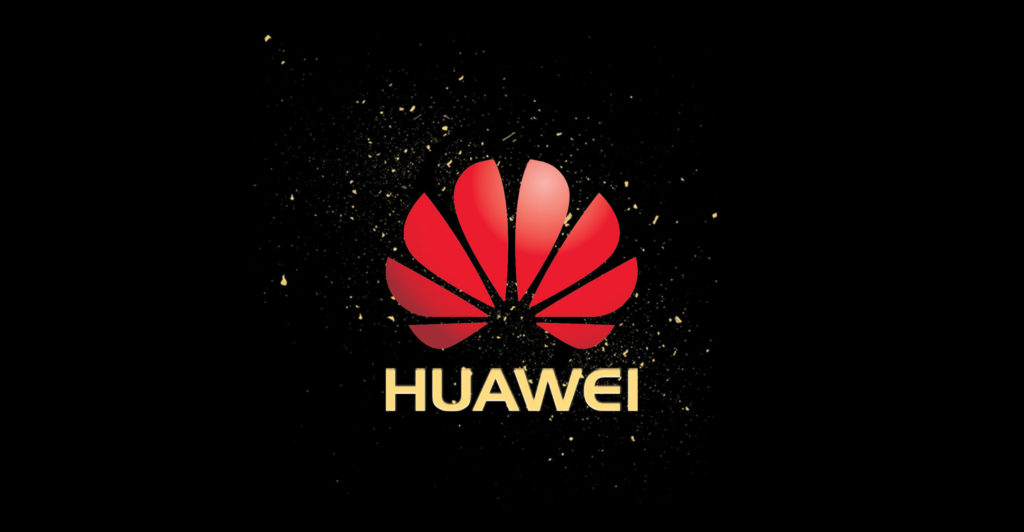
Huawei Technologies has replaced more than 13 000 parts in its products that were hit by US trade sanctions, the Chinese tech giant’s founder said, according to a speech transcript posted on Friday by a Chinese university.
According to the transcript of the February speech posted by Shanghai Jiao Tong University, Ren Zhengfei said Huawei had over the past three years replaced the 13 000 components with domestic Chinese substitutes and had redesigned 4 000 circuit boards for its products.
He said production of circuit boards had “stabilised”.
The remarks, which could not be independently verified, provided a window into Huawei’s efforts to bounce back from US trade restrictions. Since 2019, Huawei, a major supplier of equipment used in 5G telecommunications networks, has been the target of successive rounds of US export controls.
Those controls cut off both Huawei’s supply of chips from US companies and its access to US technology tools to design its own chips and have them manufactured by partners. The Biden administration last year also banned the sale of new Huawei equipment in the US.
Ren made the remarks in a talk to Chinese technology experts on 24 February, the university said. The university posted the transcript on its website on Friday. A US-based Huawei representative did not immediately respond to a request for comment on Friday.
R&D
Ren said Huawei invested US$23.8-billion in research and development in 2022, and “as our profitability improves, we’ll continue to increase R&D spending”.
The founder said the company had built its own enterprise resource planning system, called MetaERP. To launch in April, it will help run its core business functions, including finance, supply-chain and manufacturing operations.
Read: US piles the pressure on Huawei
Ren said Huawei has no plans to launch a rival to the wildly popular large language model AI ChatGPT, but said Microsoft, the backer of the application’s developer OpenAI, would not be the only dominant player. He said Huawei is focusing on being the “underlying computing power platform” of AI. — Stephen Nellis and Krystal Hu, (c) 2023 Reuters




